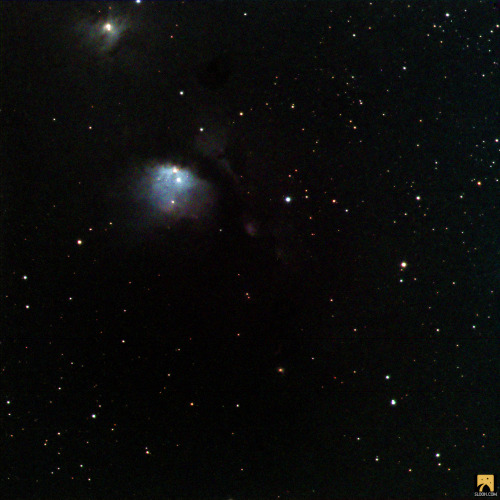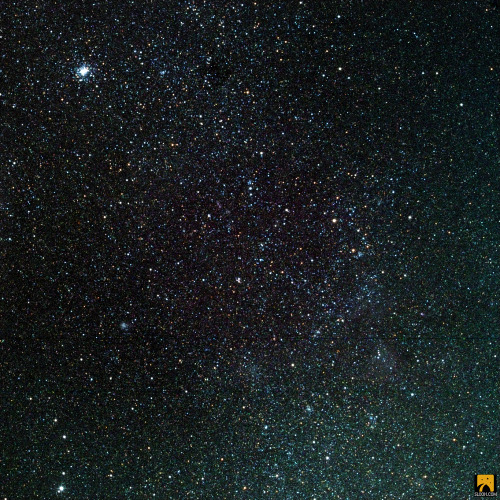#slooh chile two
This is McNeil’s Nebula!
This beautiful nebula was discovered recently in 2004 and was found to be a variable nebula, likely because it is lit up by a variable star inside. However, mysteries still remain: in 2018, amateur astronomers thought that the nebula had disappeared! ✨✨✨
Taken by me (Michelle Park) using the Slooh Chile Two telescope on January 3rd, 2022 at 6:27 UTC.
Post link
This is Comet Leonard!
This beautiful comet is making its closest approach to Earth today, almost a year after it was first discovered by astronomer Greg Leonard. After this approach, the comet will be ejected out of the Solar System forever! ✨✨✨
Taken by me (Michelle Park) using the Slooh Chile Two telescope on January 3rd, 2022 at 1:07 UTC.
Post link
This is the Eight Burst Nebula!
The bright white dwarf at the center of this planetary nebula results in this rainbow glow from its intense ultraviolet radiation. The beautiful structure of this nebula is known to arise from the death of a Sun-like star, but its asymmetry draws questions to this day!
Taken by me (Michelle Park) using the Slooh Chile Two telescope on December 27th, 2021 at 05:03 UTC.
Post link
This is Comet Leonard!
This beautiful comet was discovered quite recently on January 3rd, 2021, being the first comet discovered this year. Nicknamed the “Christmas Comet”, this is the first time in 80,000 years and unfortunately the last time the comet will approach the inner solar system!
Taken by me (Michelle Park) using the Slooh Chile Two telescope on December 22nd, 2021 at 01:03 UTC.
Post link
This is the Small Magellanic Cloud!
The size and shape of this satellite galaxy makes it a dwarf and irregular galaxy. With its orbital partner, the Large Magellanic Cloud, the pair orbits the Milky Way once every 1.5 billion years and orbits each other once every 900 million years!
Taken by me (Michelle Park) using the Slooh Chile Two telescope on December 13th, 2021 at 2:55 UTC.
Post link
This is the Large Magellanic Cloud!
Despite being a satellite galaxy, the Large Magellanic Cloud (LMC) is the closest galaxy to our Milky Way and the 4th largest galaxy in our Local Group. This galaxy is full of vibrant stars, with many of them in the famous star-forming region called the Tarantula Nebula! ✨✨✨
Taken by me (Michelle Park) using the Slooh Chile Two telescope on December 13th, 2021 at 2:52 UTC.
Post link
This is the Flame Nebula!
The vibrant clumps of gas in this nebula are assumed to be proplyds, which are disks of gas around young stars that may form planets. This appears to be common all throughout the Orion Molecular Cloud Complex, which not only includes the Flame Nebula but also other famous nebulae like the Horsehead Nebula and the Orion Nebula! ✨✨✨
Taken by me (Michelle Park) using the Slooh Chile Two telescope on November 23rd, 2021 at 1:58 UTC.
Post link







